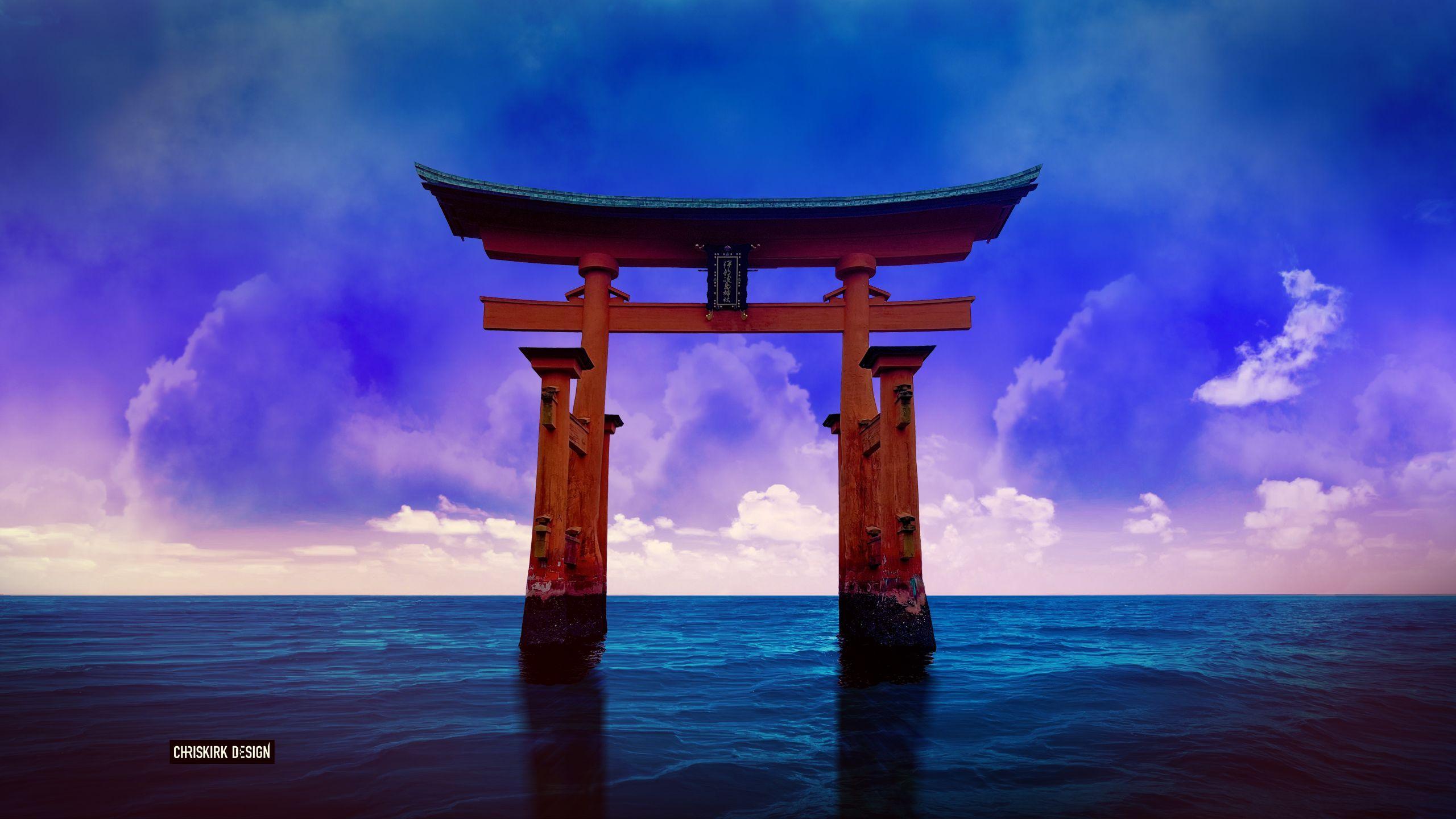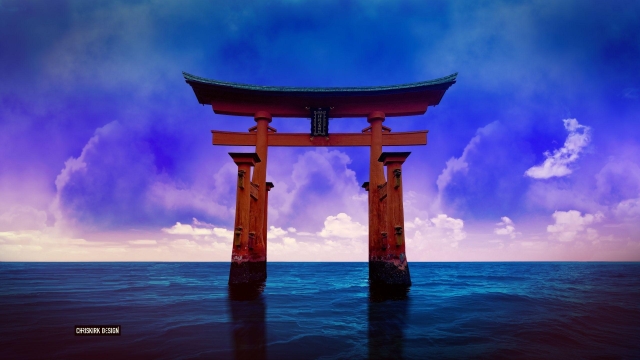
Nestled within the serene landscapes of Japan, Shinto shrines stand as gateways to a world where the spiritual intertwines with the natural. These sacred spaces, rich with history and tradition, offer a glimpse into the heart of Japanese culture, embodying the ancient beliefs that have shaped the nation for centuries. From the majestic torii gates that welcome visitors to the intricate architectural details that tell stories of the past, Shinto shrines are more than just places of worship; they are living testaments to the reverence for nature and the numinous that defines Shinto.
As we embark on a journey to explore the enigmatic Shinto shrines in Japan, we will uncover the rituals, myths, and artistry that surround these hallowed grounds. Each shrine, whether nestled in tranquil forests or perched on mountain tops, has its own unique character and significance, reflecting the diverse tapestry of beliefs and practices within Shintoism. Join us as we delve into the whispers of the ancients, discovering the profound connection between the physical and spiritual realms that these shrines so beautifully encapsulate.
The Origins of Shinto Shrines
The roots of Shinto shrines in Japan can be traced back to ancient animistic traditions where nature was revered and spirits, known as kami, were believed to inhabit various elements of the world. These early beliefs emphasized the connection between the natural landscape and spiritual existence. As Japan moved through different eras, the concept of kami evolved, leading to the establishment of official places for worship. Initially, these sacred sites were often simple in structure, incorporating natural features such as trees, rocks, and mountains, reflecting the importance of the environment in Shinto spirituality.
As communities began to form, the need for more formalized worship spaces emerged. During the Yayoi period, from around 300 BCE to 300 CE, the creation of elevated platforms called "iyasi" marked a significant step in the development of Shinto shrines. These platforms served as dedicated areas for rituals and offerings, leading to the construction of more elaborate structures over time. The transition reflected growing social complexity and a deeper integration of religious practices in daily life. It was during this time that the foundations were laid for the distinctive architectural styles that characterize Shinto shrines today.
神社めぐり
The establishment of Shinto shrines continued to flourish during the Nara and Heian periods, as the influence of Buddhism and other cultural imports began to shape Japanese spirituality. While many Shinto shrines were built, each represented regional beliefs and customs, often honoring local deities. The formation of the Ise Grand Shrine, dedicated to the sun goddess Amaterasu, highlighted the central role of imperial mythology in Shinto. This period saw the intertwining of shrine construction with the aristocracy, resulting in the development of ceremonial practices that would connect the worship of kami with Japan’s historical narrative.
Significance of Architectural Styles
The architectural styles of Shinto shrines in Japan reflect a deep connection between the physical structures and the spiritual practices they support. Each shrine is designed to harmonize with the natural environment, embodying the belief that nature is inhabited by kami, or spirits. The simplicity and elegance of shrine architecture, characterized by wooden structures and thatched roofs, showcase a respect for nature and an aesthetic that emphasizes purity and tranquility. This design philosophy captures the essence of Shintoism, where the divine is intertwined with the natural world.
Moreover, the various styles of Shinto shrines highlight the regional diversity across Japan. From the ornate and elaborate designs seen in shrines like Ise Jingu to the minimalist approaches found in remote mountain shrines, each architectural style tells a story about the local culture and history. The use of specific materials and construction techniques often reflects the resources available in the area, further situating these sacred spaces within their geographical context. Such variance not only enhances the beauty of shrine architecture but also creates a rich tapestry of cultural expressions throughout the country.
Additionally, the architectural styles of Shinto shrines serve to convey important cultural and religious symbolism. Elements such as torii gates, that serve as gateways to sacred spaces, and the positioning of the main halls enhance the spiritual experience for visitors. Each component within the shrine layout is intentional, often aligned with celestial patterns or natural elements, emphasizing a sense of order and harmony in worship. This careful attention to architectural detail not only fosters a sense of reverence but also connects modern visitors to the ancient traditions of Shinto, making the shrines invaluable cultural landmarks in Japan’s spiritual landscape.
Rituals and Festivals at Shrines
Shinto shrines in Japan are vibrant centers of cultural and spiritual life, where various rituals and festivals take place throughout the year. These ceremonies often revolve around agricultural practices, seasonal changes, and the honoring of kami, the deities and spirits of Shinto belief. Events like the rice planting ceremony, known as "taue," illustrate the deep connection between the Japanese people and their agrarian roots, showcasing gratitude for the blessings of the harvest. Participation in these rituals fosters community spirit and keeps traditions alive.
One of the most significant festivals is "matsuri," which can vary widely in scope and significance depending on the shrine. These celebrations often feature vibrant parades, traditional music, and dance performances. During these events, local residents gather in festive attire, embodying the rich heritage of Japan. The atmosphere during these festivals is electric, as people come together to pray for prosperity, good health, and success in their endeavors. Each shrine has its own unique matsuri, attracting both locals and visitors eager to experience these cultural showcases.
The rituals and festivals observed at Shinto shrines not only serve sacred purposes but also reinforce social ties among community members. They provide opportunities for individuals to engage with the spiritual aspects of life while also celebrating their cultural identity. As participants immerse themselves in the traditions, they contribute to the preservation of practices that have been passed down through generations, ensuring that the whispers of the ancients continue to resonate in modern Japan.
Exploring Notable Shrines
Among the thousands of Shinto shrines in Japan, Fushimi Inari Taisha stands out for its iconic vermilion torii gates that cascade through the mountainous terrain of Kyoto. Dedicated to Inari, the god of rice and agriculture, this shrine offers visitors a pilgrimage path lined with thousands of gates, each donated by individuals and businesses seeking blessings. The serene atmosphere, coupled with the mesmerizing visual of the gates, makes it a must-visit site for both spiritual seekers and photography enthusiasts.
Another prominent shrine is Meiji Jingu, located in the heart of Tokyo. This shrine is dedicated to Emperor Meiji and Empress Shoken, who played significant roles in Japan’s modernization during the Meiji Era. Surrounded by a lush forest, Meiji Jingu provides a peaceful respite from the bustling city. Visitors can participate in traditional Shinto rituals, explore the beautiful grounds, and appreciate the harmony between nature and spirituality that this shrine embodies.
In the coastal city of Kamakura, Hase-dera Temple is famous not only for its stunning views but also for its unique integration of Buddhism and Shinto practices. Known for its thirteen-headed statue of Kannon, the goddess of mercy, Hase-dera serves as a reminder of Japan’s spiritual diversity. The temple features beautiful gardens and a pond filled with lotus flowers, creating a tranquil setting that invites reflection and meditation, making it a perfect addition to any exploration of Shinto shrines in Japan.
